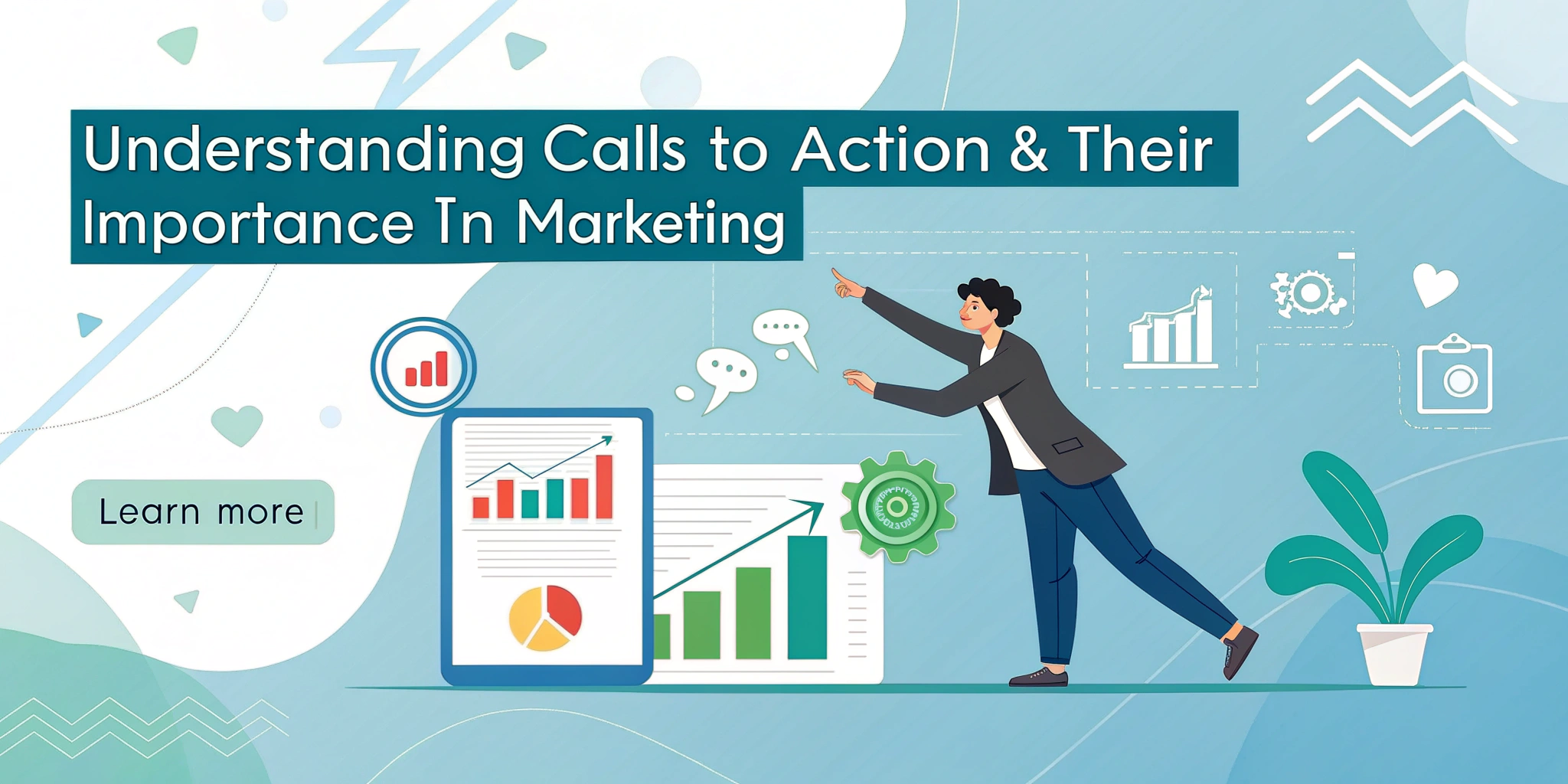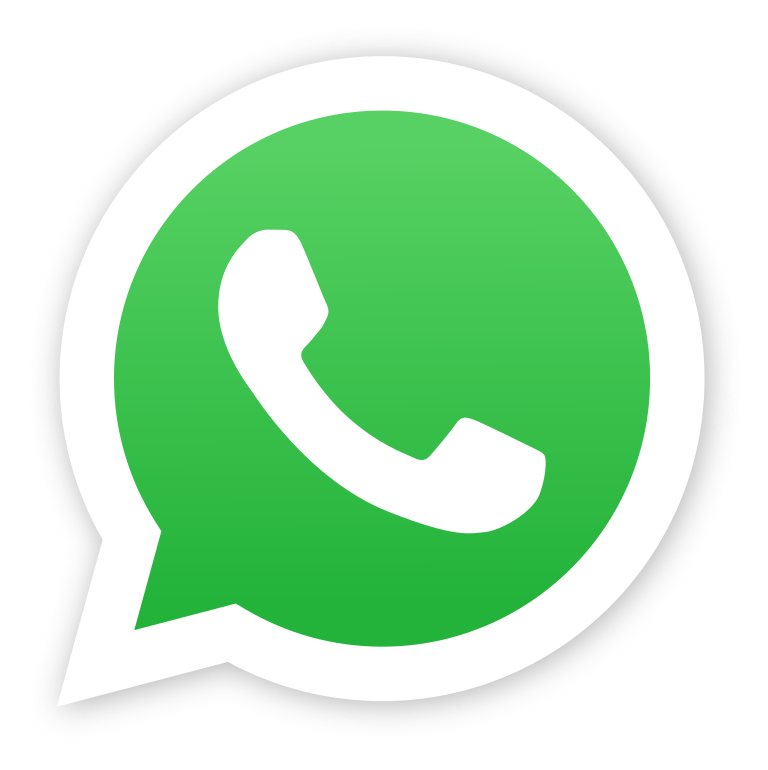Introduction
In the digital marketing world, one of the most crucial elements that determine the success of a campaign is the Call to Action (CTA). Whether you aim to increase website traffic, generate leads, or drive sales, CTAs are essential in guiding potential customers towards the desired action. This blog will explore the complexities of CTAs, their importance in marketing, their different types, and the best strategies to create high-converting CTAs.
What is a Call to Action (CTA)?
A Call to Action (CTA) is a directive used in marketing to encourage an immediate response or specific action from the audience. A button, hyperlink, or plain text can prompt users to engage further with a brand. Examples of CTAs include phrases like "Sign Up Now", "Download Free eBook", or "Buy Today with 20% Off". These elements act as signposts, guiding the audience toward completing a goal, such as subscribing to a newsletter, purchasing a product, or filling out a contact form.
Why Are Call to Action Important in Marketing?
CTAs are essential for numerous reasons. They help in:
- Encouraging Engagement – A compelling CTA captures users' attention and motivates them to take the next step.
- Boosting Conversion Rates – Effective CTAs drive users towards desired actions, leading to higher conversion rates.
- Guiding User Experience – CTAs help users navigate a website effortlessly by offering clear instructions.
- Improving Click-Through Rates (CTR) – Well-designed CTAs increase CTRs for marketing emails, advertisements, and web pages.
- Supporting A/B Testing & Optimization – Marketers can test different CTA variations to analyze performance and improve results.
Types of Calls to Action
CTAs can serve different purposes depending on business goals. Here are some of the most commonly used CTAs:
1. Lead Generation Call to Action
These CTAs aim to collect user information such as emails or phone numbers. Examples include:
- "Download Free eBook"
- "Sign Up for a Free Trial"
- "Get Your Free Quote"
2. Click-to-Action Call to Action
These direct users to a specific webpage or service. Examples include:
- "Learn More"
- "Discover How It Works"
- "Explore Features"
3. Sales-Driven Call to Action
Designed to push potential customers towards making a purchase. Examples include:
- "Buy Now"
- "Limited Time Offer – Shop Now!"
- "Claim Your Discount Today"
4. Social Sharing Call to Action
Encourages users to share content on social media platforms. Examples include:
- "Share This Post"
- "Follow Us on Instagram"
- "Tweet About This"
5. Event Promotion Call to Action
Used to drive registrations for events, webinars, or in-person workshops. Examples include:
- "Register for Webinar"
- "Book Your Seat"
- "Join Our Free Workshop"
How to Craft High-Converting Call to Action
To create effective CTAs, follow these essential best practices:
- Use Action-Oriented Language – Phrases like "Get Started Now" or "Claim Your Discount" create urgency and encourage immediate action.
- Keep it Short & Clear – Call to Action should be concise yet impactful, using just a few words to communicate the message.
- Create a Sense of Urgency – Words like "Limited Offer" or "Act Fast" drive users to take action quickly.
- Make CTAs Visually Stand Out – Use bold colours, contrasting backgrounds, and large fonts to make CTAs noticeable.
- Place CTAs Strategically – Position CTAs where they are most effective, such as above the fold, at the end of blog posts, or within high-traffic sections.
- Optimize for Mobile Users – Ensure that CTAs are mobile-friendly and easy to tap on smaller screens.
- Test & Analyze Performance – Run A/B tests to determine which CTA versions work best and optimize accordingly. <!--
🚀 New Batch Starting Soon!
Don't miss your chance to enroll now.
Advanced Call to Action Strategies for Higher Conversions
1. Personalization
Personalized Call to Action resonate better with audiences. Dynamic CTAs that adjust based on user behaviour or demographics perform better than generic CTAs.
2. Behavioral Triggers
Using real-time behavioural data, marketers can trigger CTAs based on user actions. For example, displaying a discount CTA when a user tries to exit a cart page can increase conversions.
3. Fear of Missing Out (FOMO)
Creating a sense of urgency with limited-time offers or countdown timers can push users to take immediate action.
4. Emotional Appeal
Call to Action that evoke emotions (e.g., excitement, curiosity, or fear of missing out) are more effective. For example, "Don't Miss Out – Get Yours Now!" creates exclusivity.
5. Multi-Step CTAs
Instead of asking for a big commitment upfront, using a two-step CTA (e.g., "Check Availability" before "Book Now") can ease users into the action.
CTA Placement Best Practices
Positioning is key when it comes to CTA effectiveness. Consider placing CTAs:
- Above the Fold – The first thing users see without scrolling.
- End of Blog Posts – To capture users engaged with the content.
- Within High-Traffic Pages – Such as the homepage or service pages.
- Exit-Intent Popups – To capture users before they leave the site.
Conclusion
A well-optimized Call to Action can significantly impact your marketing success. Whether your goal is to generate leads, boost sales, or increase engagement, crafting compelling CTAs is essential for guiding your audience towards meaningful interactions.
Want to enhance your marketing skills? Enrol in our Digital Marketing Course in Jaipur and master high-converting Call to Action and other essential digital marketing techniques!


